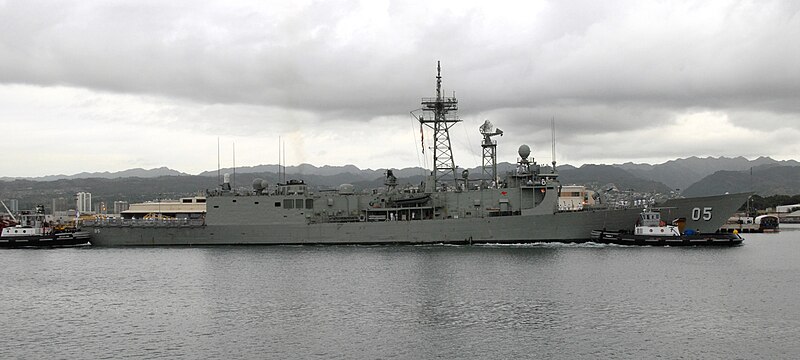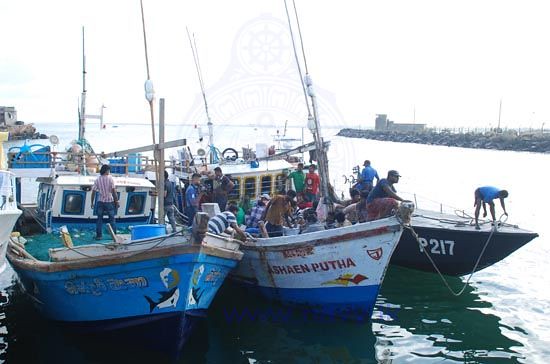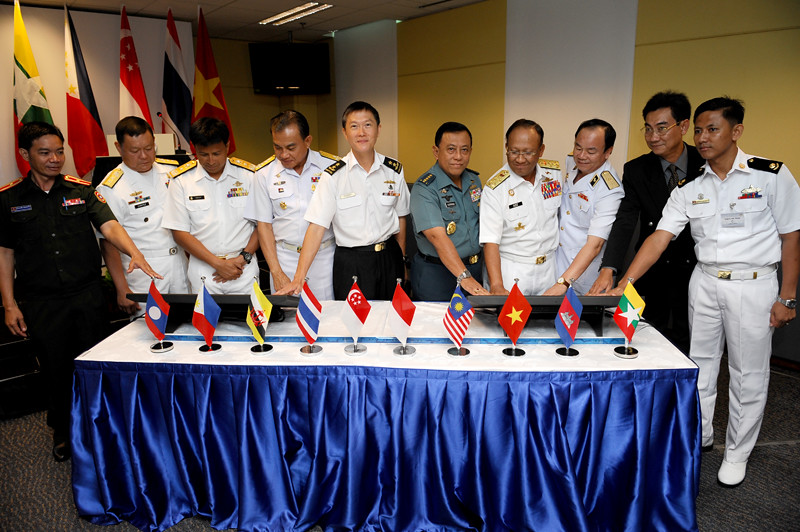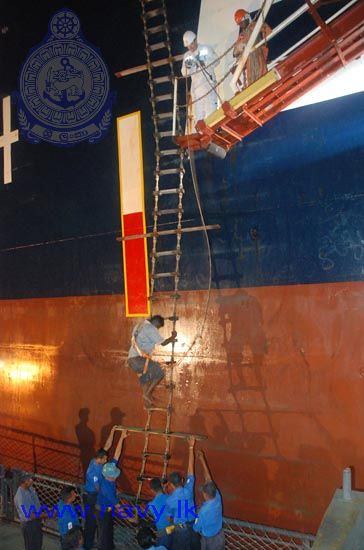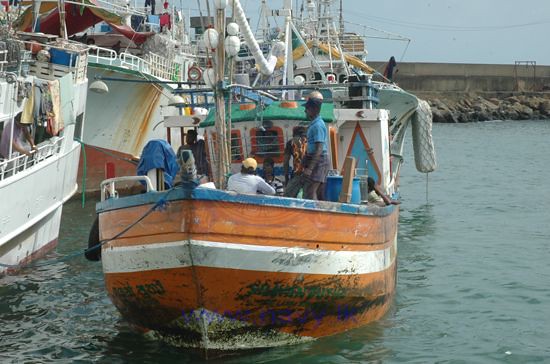By Karen Parrish
American Forces Press Service
ABOARD A MILITARY AIRCRAFT, July 27, 2012 – Heading back to Washington yesterday after a 10-day Asia-Pacific tour, Deputy Defense Secretary Ashton B. Carter said he had succeeded in informing allies and partners about specific aspects of the U.S. strategic rebalance, and had, in turn, received strategic and practical information about what the shift means to other nations.
“I think that what our partners and allies in this region are looking for is confirmation that the United States is serious and concrete about shifting … a great deal of our emphasis from the places we have been -- of necessity -- preoccupied for the last decade, namely Iraq and Afghanistan, to the Asia-Pacific region,” Carter noted.
He told American Forces Press Service that during his travels, he gave allies a level of planning detail and a number of examples relating to specific U.S. strategic rebalancing events that helped them understand “that we are, as I said at the beginning of the trip, walking the walk and not just talking the talk.”
During his travels since July 17, the deputy secretary has told high-level ministers in Japan, Thailand, India and South Korea, as well as senior military officials in Hawaii and civilian and uniformed leaders in Guam, that the United States will increase its regional naval presence over time, invest in technologies relevant to the region’s needs, and increase forward-deployed presence or troop rotations in several key areas of the theater, from Australia to Guam to Singapore.
Partnered training and exercises will also deepen U.S. strategic engagement in the Asia-Pacific region, he added. Carter said there are two reasons he’s confident DOD can carry out the strategy even with a constrained defense budget.
First, he said, a lot of excess capacity has been freed up from Iraq and more will become available as resource commitments in Afghanistan ease. Pentagon leaders can re-invest that capital to build U.S. military posture in the Asia-Pacific region, the deputy secretary said.
“The second reason is that we are prioritizing capabilities that are particularly relevant to this region in our budget,” the deputy secretary continued. “Even though we don’t have all the money we want, we have all the money we need for the Asia-Pacific … re-posturing.”
Carter said he received valuable input from government ministers across the Asia-Pacific region and from U.S. military commanders.
“I got a lot of useful thinking -- strategic and practical -- about how we can carry the rebalance to the next level. Because this isn’t a one-year thing; this isn’t just a fiscal [2013] issue,” he said. “We have to keep going. This is a transition that our department will undergo for several years.”
“From our commanders out there, who are on the scene every day -- all of whom are superb -- I got lots of good ideas,” Carter added.
The deputy secretary said the U.S. commanders he spoke with also discussed their operations and plans, including multinational exercises with partner and allied forces.
“[The commanders] are wonderful executors of the strategy, and also wonderful ambassadors for our department,” Carter said. “All of them are spectacular.”
Allied and partner senior officials he has spoken with this month offered suggestions to improve U.S. military-to-military or government-to-government cooperation, the deputy secretary said.
“For example, in India, which was very important … I discussed with all of the senior leadership in the Indian government ways that we can strengthen our cooperation and deepen it technologically,” he said, noting the Indians don’t want to just buy American weapons systems.
“They have a proud technological heritage,” Carter said of the Indians. “and they want a relationship that enriches that, and enables that -- not just a buyer-seller relationship.”
Such technology-sharing partnerships are long-established with Japan, South Korea and Thailand, the deputy secretary noted. “We’ve had longer partnerships with them,” he added. “So much more is established, but much more remains to be done. So I discussed with the ministers of defense and other leaders in Japan, the Republic of Korea and Thailand ways that we can step up our cooperation with them in a way that reflects the rebalancing.”
As part of an overall force posture adjustment in the Asia-Pacific, DOD plans to relocate some U.S. troops based in both Japan and South Korea over the next several years. DOD officials have described those moves as intended, in part, to ease pressure on populations in congested urban areas. These kinds of responses to partner nation conditions are part of what the new strategy aims for, Carter said.
“I would say that our partners out here are overwhelmingly welcoming of our attention to them, and effort on [their] behalf,” he said. “I emphasized, as I always do, that our perspective is regional and global. It’s to keep a good thing going in the Asia-Pacific region.”
For 70 years the region has enjoyed peace and stability “for everyone,” Carter noted.
“I say ‘everyone’ because people always ask me about China, and I always say the rebalancing is not about China,” he said. “It’s not about the United States. It’s not about any one country; it’s about regional security. It’s that environment of security that has led to 40 years now, in Asia, of remarkable progression in lifting people from poverty: first Japan, then South Korea, then Southeast Asia, now China and India.”
“It’s a great story of human progress, and it doesn’t come automatically,” Carter continued. “There has to be security for progress, [and] we have been an important part of providing that for decades. And we intend to do that for decades in the future.”
The deputy secretary acknowledged that in some ways the rebalancing strategy is a “back to the future” approach to the region.
“We have been playing this role in the Asia-Pacific theater for many decades,” Carter said. “And all we’re saying is that we intend to continue to play it.That needs to be emphasized, because many people in the region and also in our own country have been preoccupied, very understandably, with the wars in Iraq and Afghanistan.”
“And they may have lost sight of the fact that an anchoring commitment of global security is here in the Asia-Pacific region,” he added, “and we are that anchor.”



